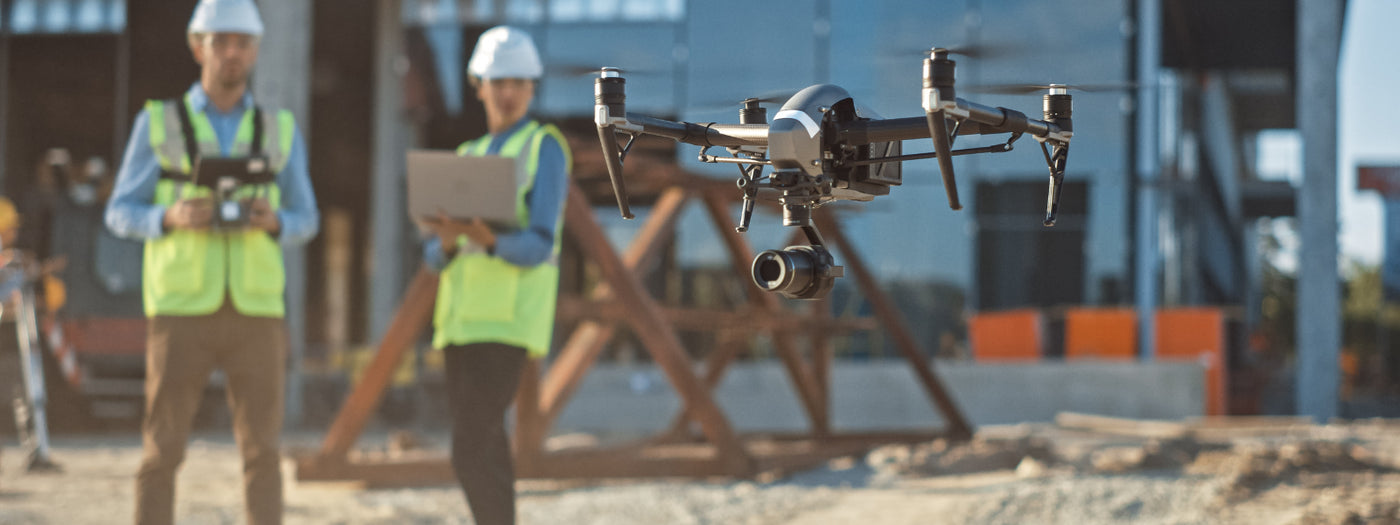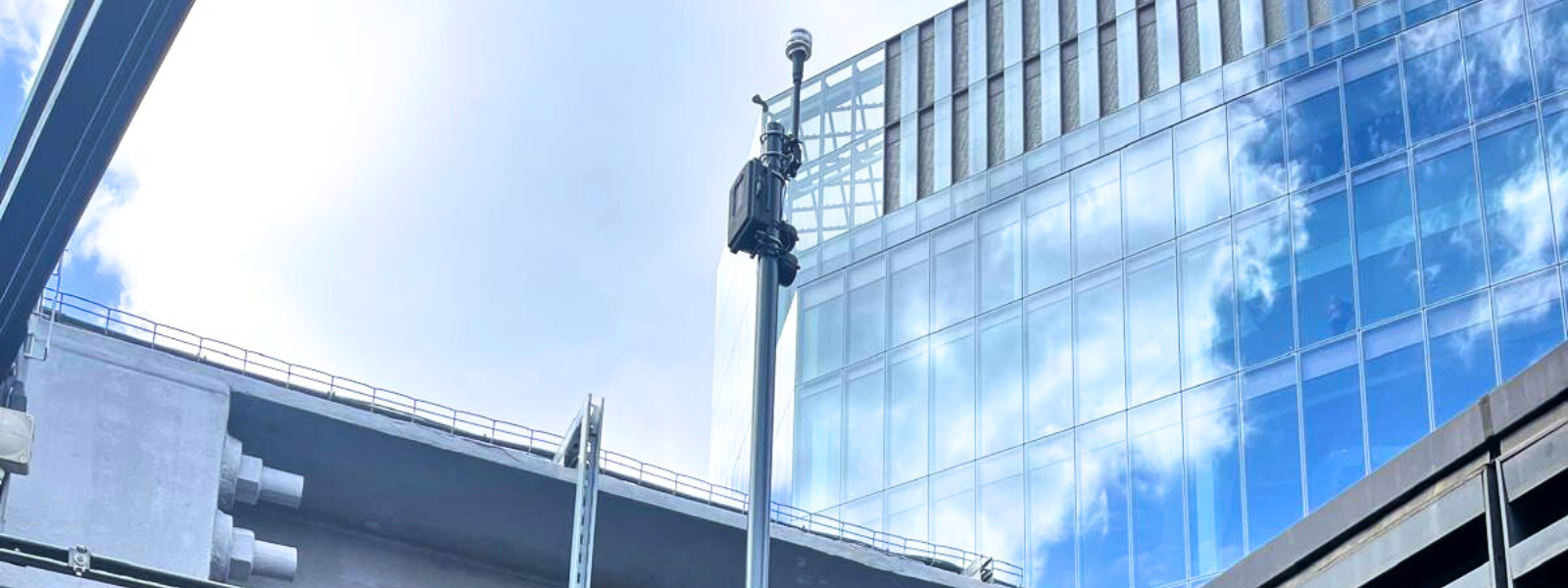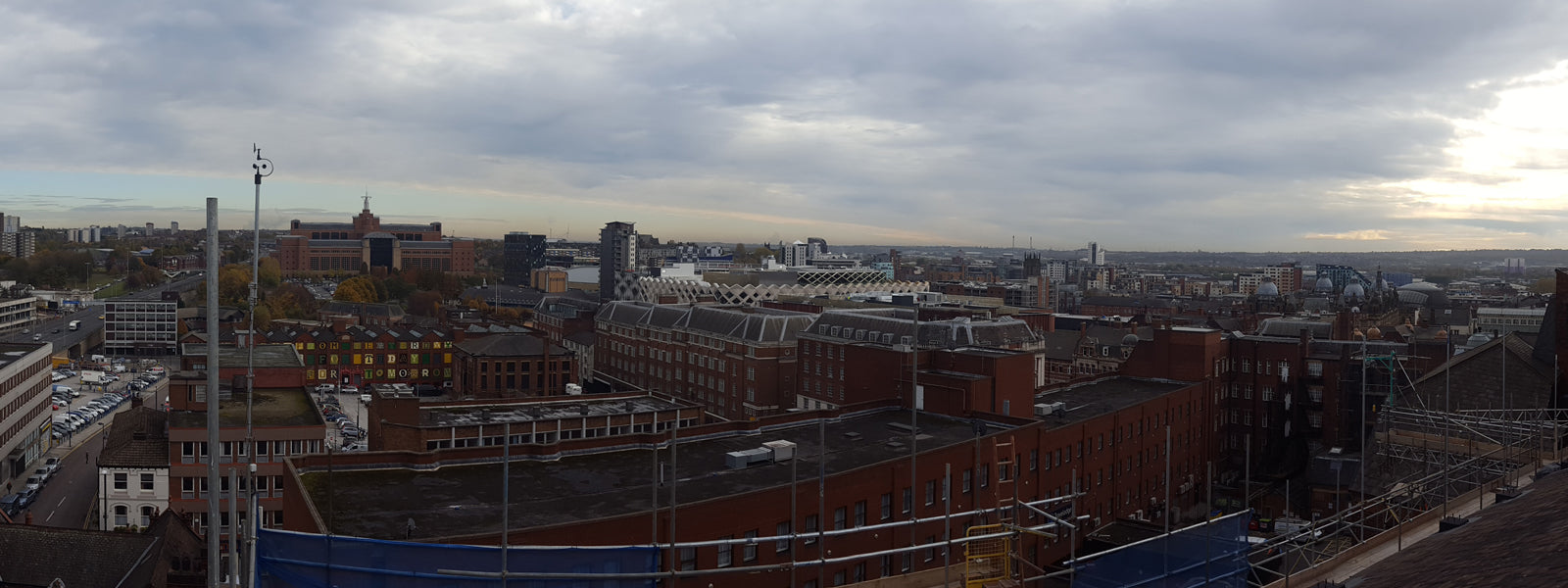
The drone industry continues to grow at a significant rate, helping to improve productivity, efficiency and accessibility across multiple sectors and applications.
Drones and unmanned aerial vehicles (UAVs) are transforming industries across the board, allowing for advancements in medical and consumer deliveries, agricultural and site surveys, infrastructure inspections and environmental monitoring.
We were thrilled when Idroneimages Ltd called upon our services to assist in their mission to advance business operations with aerial imagery, from detailed inspection imagery to on-site surveys.
About Idroneimages Ltd
Idroneimages was set up in 2018 by a group of like-minded drone enthusiasts with their sights set on using drones and UAVs to make a difference to how businesses operate.
Aerial photography can be invaluable across an array of sectors from farming and agriculture to construction. Aerial imagery can help construction site managers to not only measure progress from anywhere in the world, but to be instrumental in monitoring safety, site standards and identify potential issues at every stage of the build. The data gathered also provides a useful audit trail should problems arise. Site managers can keep an eye on assets and materials, accurately gauge progress and completion, and be confident in the quality of work.
Drones can also enable effective risk assessments, and allow for accurate data to be logged in the event of a compliance or legal challenge.
Drone photography is proving effective in the property sector, providing clear views of properties and surrounding land for potential land purchasers and investors.
Idoneimages’ services are invaluable in accurately assessing theimpacts of high winds and flooding, as well as damage to transport networks, homes and commercial property, and the destruction of crops and livestock – a crucial tool in light of the UK’s recent high winds and storms.
Challenge
Whilst drones and UAVs have allowed for vast cross-sector industry advancements, unplanned-for extreme weather conditions can prove problematic and can throw a project off course with minimum warning.
Inclement weather can impact drone performance in different ways:
- Flying in low visibility from fog can reduce a drone camera's ability to gather visual data, potentially leading to unnecessary and costly delays.
- High winds can make it impossible to control a drone during take-off, in-flight or landing, and can easily blow a drone off course.
- Precipitation can cause water damage to a drone, making the drone inoperable and in need of costly repairs, causing more project delays.
- Colder temperatures can reduce battery life drastically, impacting drone range and flying times.
- Humidity may affect the drone's sensors negatively, and may result in the sensor reporting incorrect distance information.
- Accurate weather monitoring allows drone operators to re-route the drone when necessary, delay take off, or even postpone a flight entirely in the worst weather.
Source: https://www.tomorrow.io
The team at Idroneimages rely heavily on accurate weather data to ensure that they are able to perform at their most efficient, without risking delays during poor weather conditions, or avoidable damage to their equipment – which can prove costly in terms of job cancellations and repairs.
Our Solution
Idroneimages required a system to monitor wind speed and direction, temperature and precipitation sensors to integrate into their systems, along with live data on their user dashboards.
After consulting with the team, our expert engineers installed a weather monitoring system, providing wind, rain and temperature sensors on the UAV launch platform. Each one of the three sensors has a VFC relay output. An alarm from any of the sensors will break the circuit and inhibit the drone launch, avoiding costly damage to the instrument itself and allowing for rescheduling.
We are delighted that our services and equipment allow Idroneimages to carry out their vital services as safely and efficiently as possible, with minimum down-time and damage to valuable equipment.
Legislation
Whilst drones have the potential to enhance many sectors, their operation must be carried out within strict safety parameters.
The CAA issued CAP 722: Unmanned Aircraft System Operations in UK Airspace is intended to assist those who are involved in all aspects of the development and operation of unmanned aircraft systems (UAS), including drones. CAP 722 clearly stipulates that the remote pilot must determine the in-flight meteorological conditions and avoid hazardous weather conditions.
“Careful consideration must be given to the environmental conditions that will be encountered when operating outdoors (excesses in temperature, wet or windy conditions etc.). The potential for distraction to the pilot is also much greater in this environment.”- CAP 722
Skyview Systems can provide you with the most effective systems to fulfil these legislative requirements and feel reassured that you are providing the safest environment for your drone operations.


